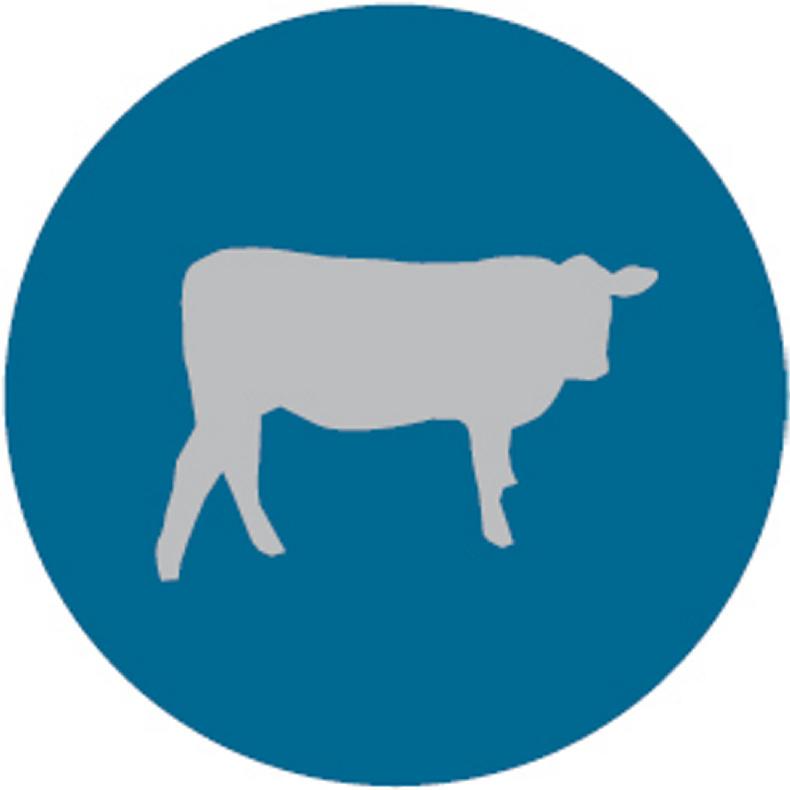Phase three of the BETTER farm beef programme has been christened the BETTER farm beef challenge and this time around we are delving deeper into farms. Where the buck before stopped with technical efficiency and gross margin, now we are looking at the viability of each business, trying to bridge holes in cashflow and attempting to measure and reduce the necessary labour input.
There are 27 new farmers, with representatives in every county apart from Dublin. As well as setting targets around margins, cashflow and labour, our participants have been set challenges. This aspect of BETTER farm was introduced to afford the reader or viewer a more concise package and easily follow progress in areas of interest to themselves.
There are 10 challenges, of which three are mandatory on each farm. Essentially, all of the farms will be undertaking any challenge that is applicable to them, but for the purpose of the BETTER farm programme, challenges will be assigned to farms that require the most work and/or are representative of prevailing issues nationally.
This week, we look at five of the challenges set and get a progress update from those undertaking them.

The Two-Tonne Grass Growth Challenge (mandatory)
To drive performance from grassland, culminating in the production and utilisation of an extra 2t of grass dry matter per ha at the end of the three- to four-year period, relative to year one. Where possible, we want to use the extra production to extend the grazing season by two weeks in spring and two weeks in winter to reduce feed costs and drive cheap animal performance.
The Stanleys, Co Tipperary

The Farm Finance Challenge (mandatory)
To keep 100% of the farm’s direct payment and increase the farm’s return into a positive gross margin in each year of the programme. Gross margin targets are based on principal farm enterprise, with initial targets as follows: U16-month bull finishers €1,650/ha; weanling/store producers €850/ha; steer/U20-month bull finishers €1,250/ha; the overall target is for a group average of €1,250/ha. Farmers will also follow the programme’s cost control planner – updating every two months – and be in a position to plan ahead and better manage finances.
James and John Flaherty, Co Kerry

Farm Safety Challenge (mandatory)
To complete a farm safety risk assessment on an annual basis and implement two positive changes annually, physical or otherwise. This will be communicated to the industry as a whole.
Gareth McCormack, Co Cavan

The Breeding Challenge
To increase the average replacement value of suckler cow herd by €20 over the four years of the programme. In addition, as an expansion on current BDGP targets (20% and 50%), participants will target 75% of their eligible females having at least four stars on the replacement index by year four of the programme.
Glen McDermott, Co Sligo

The Herd Health Challenge
To establish what the main diseases/ailments requiring antibiotic use at farm level are, and typical usage rates across different enterprises, culminating in the presentation of a mg antibiotic use/kg of beef output target figure for the industry. A robust herd health plan that favours the targeted use of vaccines and optimum herd/flock management and husbandry practices to cut down on high-risk diseases will be implemented, with the aim of reducing input costs by 20%.
Kieran Noonan, Co Cork
Next week, we look at the remaining challenges – soil health, meet the markets, mixed grazing, farm structures and labour, and green farming.